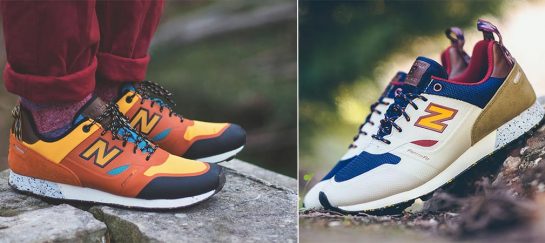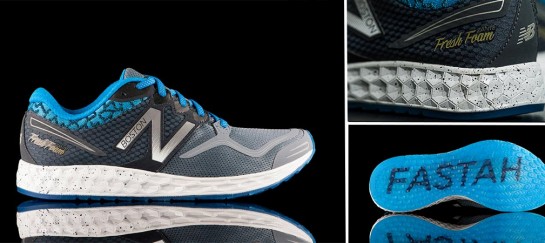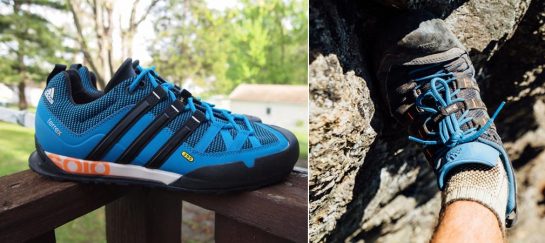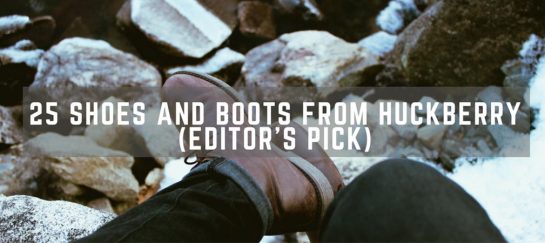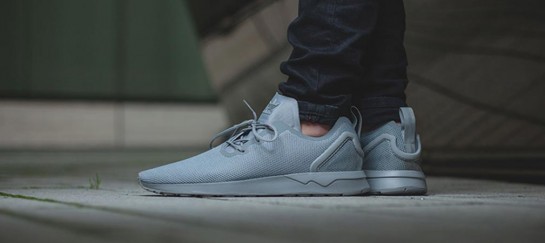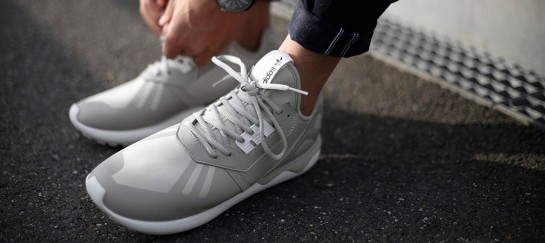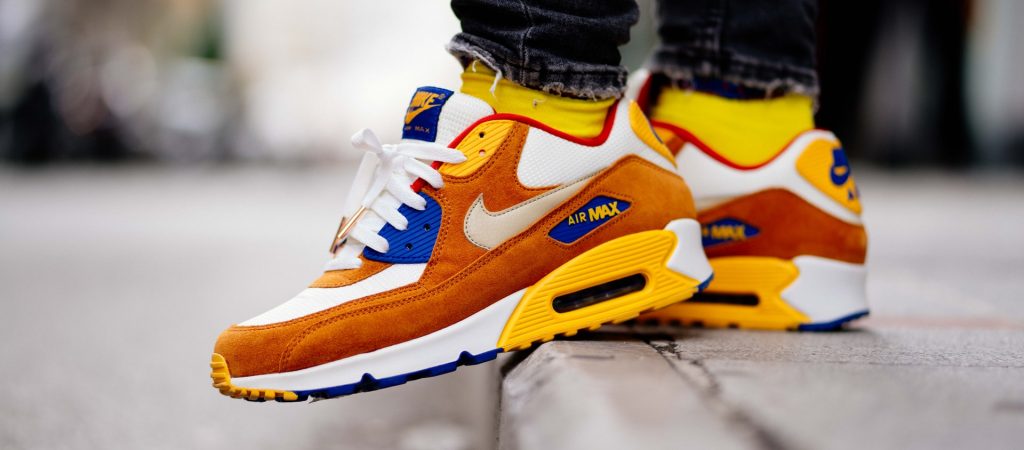
How to Choose the Best Running Sneakers for Your Needs
Did you know that roughly 50% of regular runners get injured every year?
The number may be even higher when you factor in non-regular runners. The most significant cause of the injuries is wearing the wrong running shoes.
What do you consider when buying running sneakers? Odds are, you only pay attention to the sizing and durability. However, these factors alone can’t help you find the best running sneakers.
We know how daunting choosing the right pair from the many in the market can be. So, we’ve created a guide to help you as you purchase running sneakers. Read on for surefire tips to help you secure the right kind of sneakers for your next run.
Let’s get started!
Understand the Different Kinds of Running Shoes
Contrary to popular belief, running sneakers aren’t all the same. What works for one type of runner won’t automatically work for you.
So, it’d be best to start your search for a ‘sole-mate’ by understanding the different options in the market. Here are the most common types of running shoes:
Trail Sneakers
Trail runners run through paths filled with rocks, mud, and other obstacles. So, they need shoes that can handle different terrains and offer adequate support.
Trail sneakers are an ideal mix of running and hiking shoes. They offer superior traction and are snug around the ankles, so you can run on grass, mud, or rocks.
Lightweight Sneakers
These shoes contain little foam and cushioning under the foot. Their minimalist feature makes them ideal for runners as they can run more naturally.
However, only buy these sneakers if you’re participating in a speed workout or cross country. They’re great for racing but not regular training.
Motion Control Sneakers
These shoes are ideal for runners with over-pronation. Pronation is the inward rolling of a foot after landing to distribute impact.
These sneakers limit the excessive rolling action and provide extra shock absorption. They’re the most rigid running shoes and, as such, would also be ideal for heavy runners.
Stability Sneakers
These shoes are also perfect for runners with over-pronation. They need extra support, provided through these shoes’ foam densities and medial posts.
Cushioned Sneakers
As their name suggests, these sneakers contain extra cushioning for smooth transitions. They’re ideal for runners who under-pronate.
These are runners whose feet roll too much outward or don’t roll inward enough. The extra cushioning absorbs shock when you hit the ground to minimize the impact on your spine.
Consider Your Running Surface
Think of running sneakers like golf clubs. You use different clubs for different shots, so you should use different shoes for different surfaces. Running sneakers come in two main categories – road shoes and trail shoes.
Road shoes have a blown rubber outsole, ideal for pavement running. They also have extra cushioning to limit your chances of injury when running.
Trail shoes are ideal for trail running as you’ll come across different terrains. Their deep treads offer better ankle support and grip, so you can run on uneven terrain. Trail shoes aren’t ideal for road running as their treads may dig into your soles as you run.
Most shopping assistants will ask about your running surface to help you choose. But it’s good to distinguish between the two categories if they don’t.
Be Careful With Sizing
Choosing the right running sneaker size can be daunting if you don’t know what to consider. You may buy running sneakers that seem to fit but prove uncomfortable after some time. Here are the key aspects to pay attention to when buying your next sneakers:
The Ankle Collar
This is the fold at a sneaker’s opening that helps keep your heel in place. Find a shoe with an ankle collar that secures your heel but doesn’t chafe your Achilles tendon.
The Saddle
This is the area around the arch of your foot, meant to hold your foot. A proper-fitting shoe will have a saddle that securely holds your foot and allows the arch to dome.
The Upper
This part covers the top part of your foot, the sides, and the heel. The right-sized shoe won’t bunch, bind or chafe any of these areas.
The Heel Counter
It’s a semi-rigid cup at the end of a shoe meant to secure the heel. A proper-sized shoe will have a heel counter that allows your ankle to move freely. If it doesn’t, size up, as you’ll have difficulty running if you settle.
The Toebox
This part protects your toes from external obstacles like rocks or grass. You should be able to wiggle every toe freely in a proper-fitting shoe.
Consider the Socks You Wear
People rarely consider the effect wearing socks has on their running sneakers. But, your socks’ thickness determines how snug your shoe fits.
Always carry your running socks to a fitting. If you’re buying online, measure your foot while wearing the running socks. And, don’t forget to also factor in generic supports if you use them.
Shop in the Afternoon
Afternoons are the best time to shop if you buy your sneakers from a physical store. Your feet won’t be the same size in the morning and afternoon because they swell with time.
Buying in the afternoon limits the chances of buying too-small shoes. You can also shop after your run as physical activity stimulates swelling.
Understand How You Move
Understanding how your body moves is essential to getting the best running sneakers. You’re likely to come across the term ‘pronation’ as you purchase running sneakers. As mentioned before, it’s the natural inward rolling of your foot as you run or walk.
You can determine your pronation by looking at the bottom of your old sneakers. You’ll fall in either of these three categories:
Basic Pronation
With basic pronation, wear centralizes on the ball of the foot. Your foot rolls inward naturally, thus keeping your legs and ankles well aligned. A neutral shoe is the best option if you have basic pronation.
Under-Pronation or Supination
This occurs when your foot rolls outwards and puts pressure on the outer toes. Wear on your old sneakers will be heaviest on the outer edges of the shoes. A cushioned running shoe is the best option for under-pronators.
Over-Pronation
With over-pronation, wear is heaviest on the inner edges of a shoe. That’s because the foot rolls inwards and downwards. A stability shoe is an ideal choice for an over-pronator.
Consider a Sneaker’s Heel-Toe Drop
The heel-toe drop is the height difference between your heel and the ball of your foot. While there’s little evidence on the relationship between drop and injuries, play safe.
The drop may not determine the risk of injury, but it influences your stride. Look for a shoe that feels right while standing and doesn’t apply pressure to your feet’s weak parts.
Find Your Ideal Level of Cushioning
Running sneakers offer various cushioning feels, each ideal for different runners. The best way to determine the best cushioning for you is by trying them on and seeing how they feel. Here are the most common types:
Maximum Cushioning Shoes
These are the ultimate maximalist shoes as they have thick filling in the midsoles. They are ideal for runners with high arches and people running long distances.
Moderate Cushioning Shoes
These are the perfect blend between soft and firm as they don’t have too much or too little padding. They’re ideal for people with neutral pronation and arches.
Minimum Cushioning Shoes
These shoes have minimal padding, which is ideal if you’re looking for a lightweight shoe. They’re also perfect for you if you like feeling the ground beneath you as you run.
Barefoot Shoes
These shoes have no padding and, as such, make you feel as though you’re running barefoot. They’re ideal for runners looking for the ultimate minimalist shoe. But, be careful with these shoes because they don’t offer stability or arch support.
Consider the Brand
Do sneaker brands matter? The simple answer to this question is yes. Many brands have become popular because of their shoes’ quality and durability.
This isn’t to say that a shoe’s brand is the only factor you should consider when buying sneakers. But, it’s essential to consider it after looking at the other factors we’ve discussed. Sneakers from popular brands will serve you for longer than other options.
Be careful when buying popular brands because there are many knock-offs. So, buy from reputable stores like this shoe website. You’re guaranteed to find the best running sneakers if you buy from the proper channels.
Consider the Cost
When buying running sneakers, remember that cheap is expensive in the long run. It’s tempting to want the cheapest shoes you can find to save money.
But, they’ll only prove disappointing as most of them are of low quality. It’d be better to shop around for discounts and other offers if you’re concerned about the cost.
Buy the Best Running Sneakers to Have an Amazing Experience
Finding the best running sneakers can be daunting if you don’t know what to consider. Luckily, you now do.
There’s more to choosing running shoes than finding your favorite color and the right fit. It’d help if you also considered how you move, a shoe’s heel-toe drop, and cushioning.
Did you enjoy this article? For more content like this, make sure that you check out the rest of our website now!
Daily Newsletter
Subscribe to Jebiga for a dose of the best in gear, design, rides, tech and adventure.

